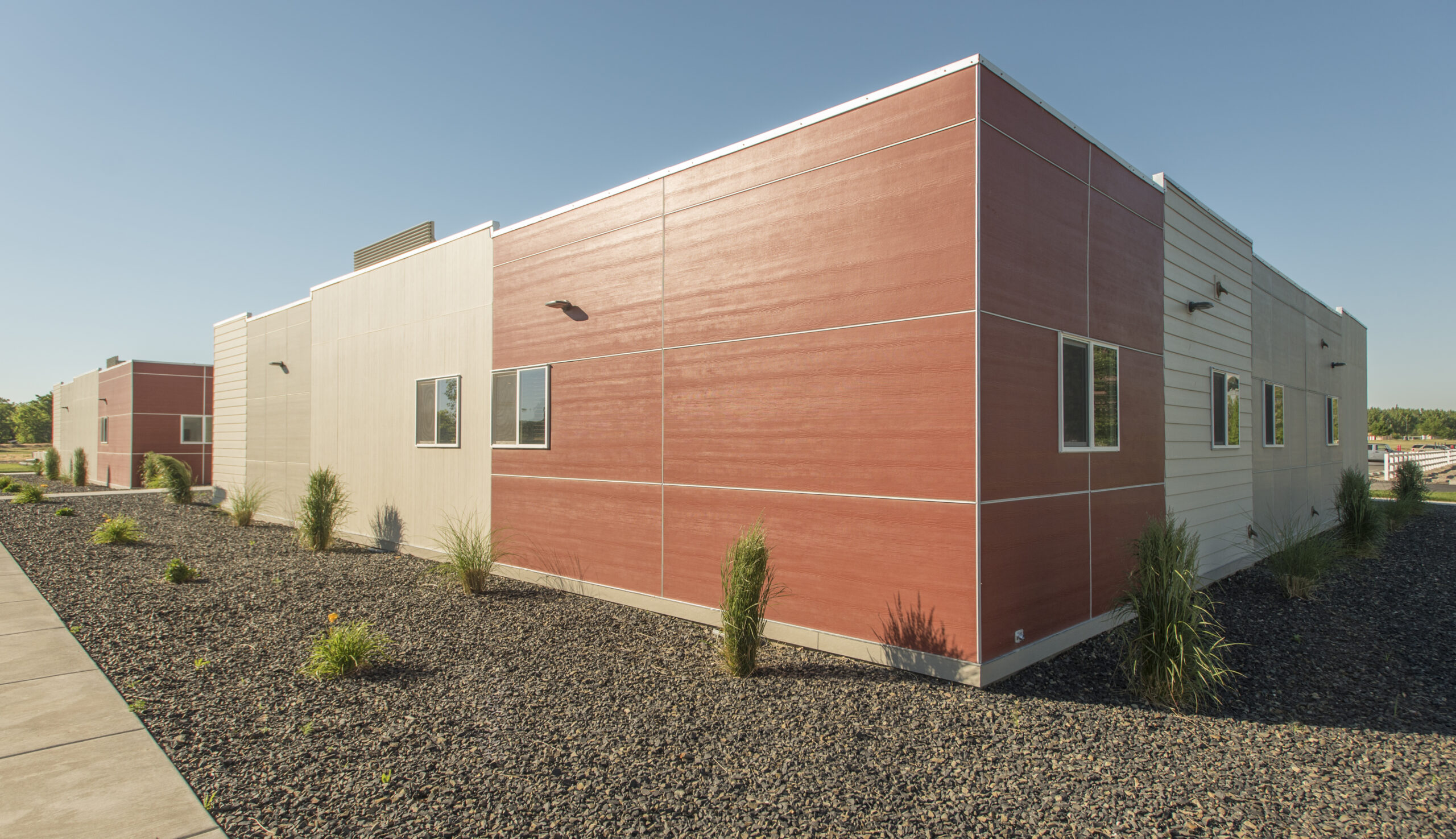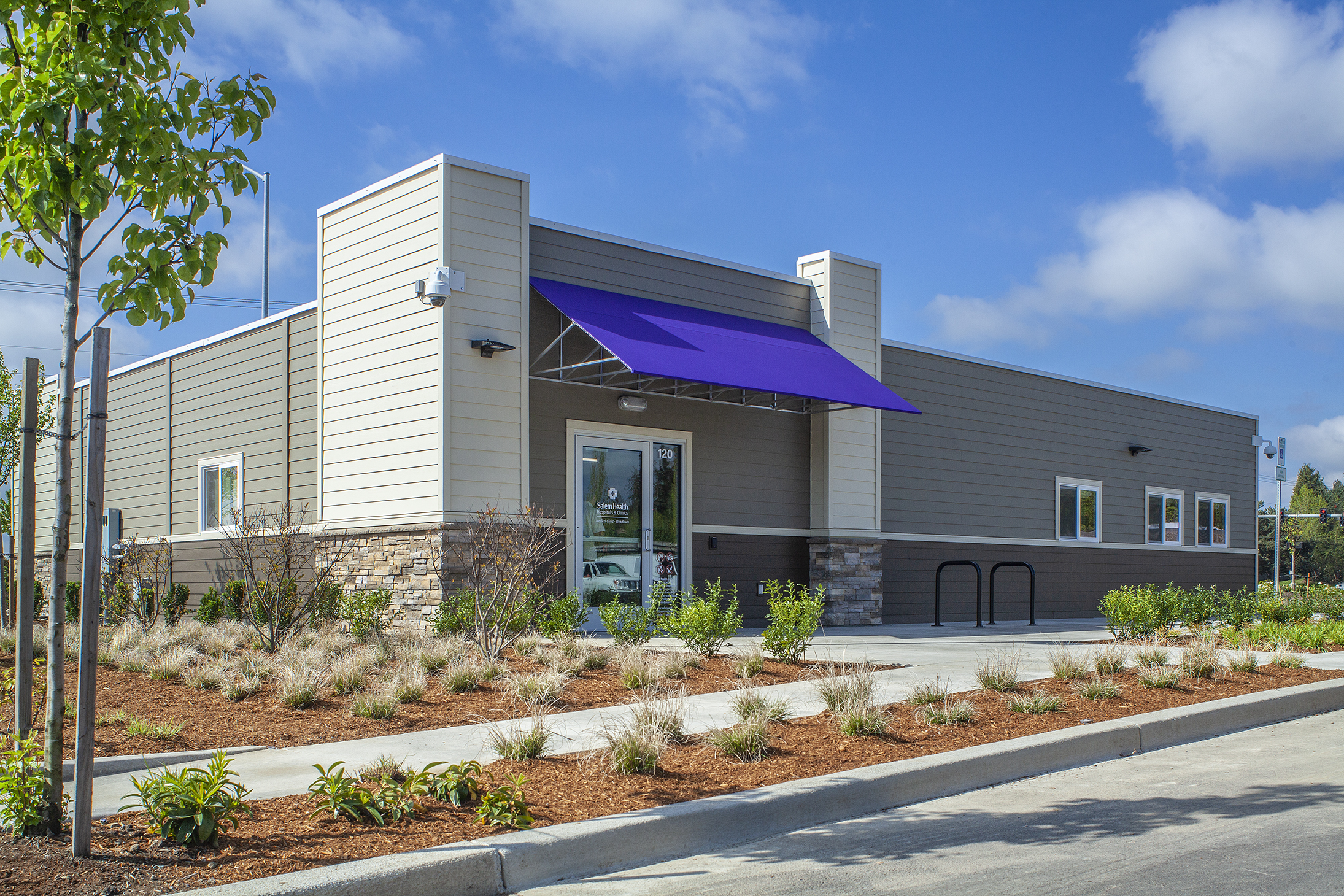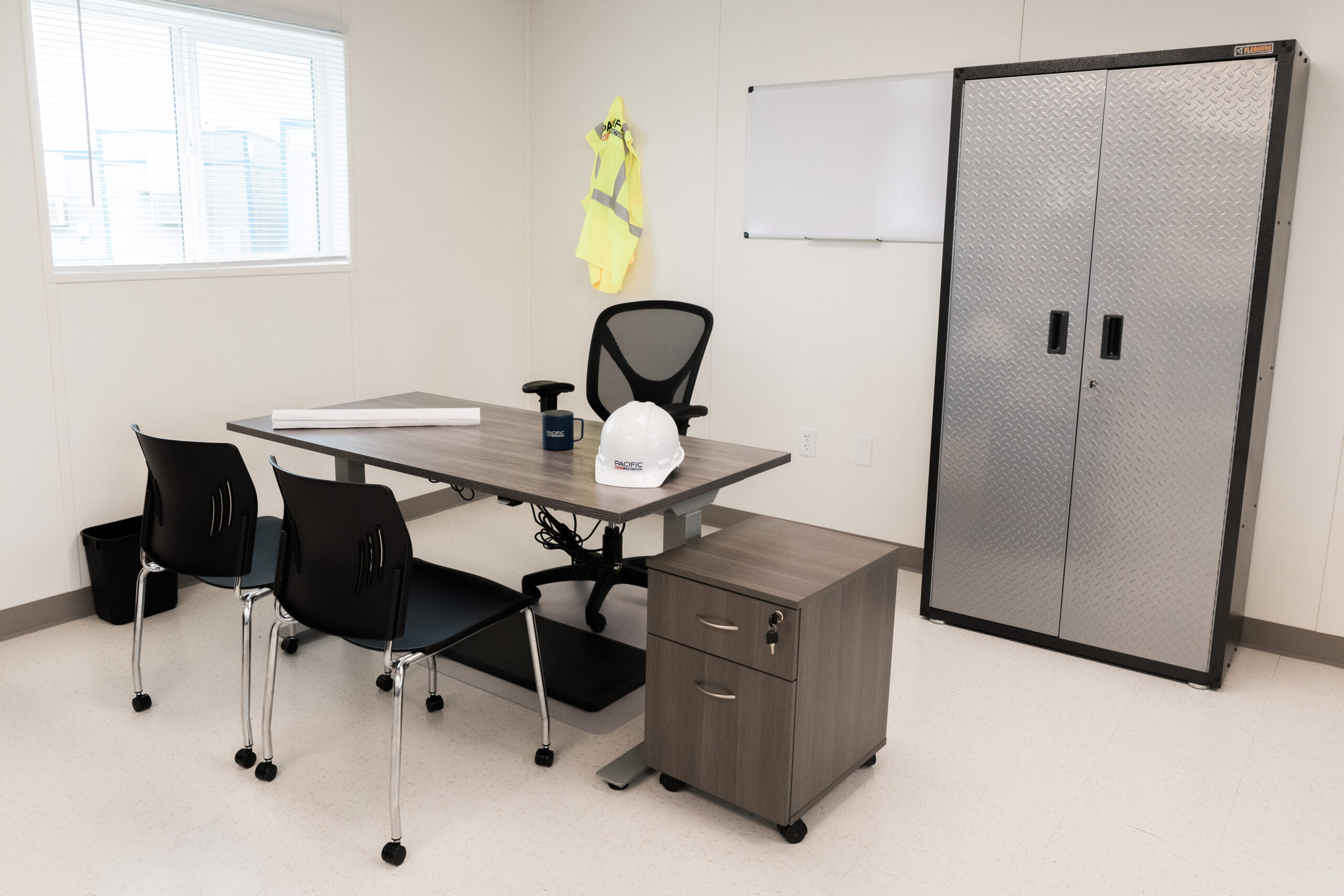Beyond the Ramp for a Sense of Belonging – One School District’s Story in Creating an Accessible Space for Students with Disabilities
Every once in a while, we work with a customer doing something remarkable in their community, and we have the honor of providing them with what they need so they can continue doing what they do best.
The Mercer Island School District is one of those customers. Back in late 2020, they came to us needing a space dedicated to their life skills program, Pathways. Pathways is a three-year program for students with disabilities 18-21 who need instruction and guidance in preparing for living in the adult world. This can include vocational training, life skills, recreation and leisure, and mobility.
For years, this program went without a dedicated space, making it challenging to accommodate the students with disabilities it serves. The program was historically hosted in whatever space was available. In the past few years, it was hosted in a modified classroom with limited kitchen access, a refrigerator, and no cooking space. What’s more, the students in the program who were high school graduates felt like they were still in high school because of their environment, which contributed to a different headspace than the program is trying to foster.
No matter where the program was hosted over the years, the students never felt like they belonged because there wasn’t a space designed with them and their disabilities in mind. So, when the opportunity to create a dedicated space for this program that created belonging and enhanced the program’s offering, Sue Ann Bube, Mercer Island School District’s Director of Special Services, jumped.
The Mercer Island School District is a longtime customer of Pacific Mobile Structures for their standard modular classrooms but never a SAGE Classroom. While the SAGE Classroom is known for its forward-thinking approach and unique design as a healthier learning environment, architect Anjali Grant of Anjali Grant Design meticulously took the design for this project beyond the standard SAGE module to create the space Mercer Island School District had always dreamed about having for their Pathways program.
Together, Pacific Mobile Structures, Anjali Grant, Brandy Fox with CPM Seattle, and Sue Ann Bube worked in tandem to turn this project from dreams into reality. The space was designed to have living, classroom, and office spaces to reflect the three focuses of the program:
- Independent Living
- Post-Secondary Education
- Employment
The living area is a place where students can learn to do their laundry, schedule their day, learn how to budget and grocery shop, cook, take care of equipment – like a washer and dryer, stove, and television, how to get out there and take advantage of parks and recreation, and explore what downtime and play with friends looks and feels like with games and leisure activities. Bube points out that many of these students don’t have friends, so having a space to explore friendship, community, and connection is important.
The classroom space is designed to emulate the post-secondary education experience, offering a place for students to learn in a traditional but elevated environment. The classroom space features vaulted ceilings, fans, textured paint with cork accents, and pendant LED lighting. Thirty-two feet of whiteboards with marker trays and 26 feet of cabinetry, cubbies, and coat hooks complete the space, in addition to sinks and countertops.
The office space is where students exercise their soft skills, and it’s used as a launchpad to go out into the community and gain work experience. The Mercer School District Pathways Program has one of the highest employment rates for disabled students in the State of Washington. Students who go through their program can even earn “carved employment,” where they can come into an office setting, for example, and do more repetitive jobs like filing and record scanning.
The results of a survey of students with disabilities in Washington State revealed that around a third of them gained competitive employment within 12 months of graduating high school, typically working 20 hours or more per week at or above minimum wage alongside non-disabled colleagues.
Furthermore, over a fifth of the group had some form of employment, whether self-employed or working for pay, for at least 90 days in the year after leaving school, regardless of the hours and wage rate. These figures are largely attributed to the success of the Pathways program.
“What we do changes lives,” says Bube. Not only does this drive her passion for creating a space that further enhances the program’s ability to change lives, but as a mother of a differently abled son, she knows first-hand just how impactful a space designed with someone like her son in mind can be.
Every square inch was designed looking through the lens of students with disabilities, including those that are blind, deaf, wheelchair-bound, and more. Creating accessibility for all abilities was key in this project. The team was challenged to look at every detail from multiple lenses. As a result, the space has unique features like 11-inch toe kicks, rods in closets and shelves in cupboards that can be pulled down to the level of someone in a wheelchair, shelves without doors, wheelchair maneuvers, and even an induction cooktop so that visually impaired students wouldn’t burn themselves while making a meal.
“When we asked for specific features like 11-inch toe kicks, Patrick (Allen) didn’t even question it and said, ‘We can do anything you want,’” shares Bube. “The ‘can-do’ attitude of Pacific Mobile Structures was above and beyond in making this project happen.”
The result is a beautiful building that offers a sense of belonging that these students can’t find anywhere else in a world that often isn’t accommodating to their accessibility needs. “Code is the bare minimum,” says Bube. “This building goes way beyond the ramp to build a sense of belonging.”
Since the building’s completion, students have been using and enjoying the building as intended and expected, and families have become enlightened about what is available for their loved ones with disabilities. Bube explains that this space is more than just a home for the Pathways Program, becoming a true home for students as one of the only places they can feel independent and have a sense of true belonging because it was built with them in mind. “That’s the biggest gift they could have been given,” she says.
A year and a half later, Bube says there’s nothing she would change about the building. “The biggest sign of success is that there are no regrets,” she says. “I couldn’t have dreamt of a better space.”



